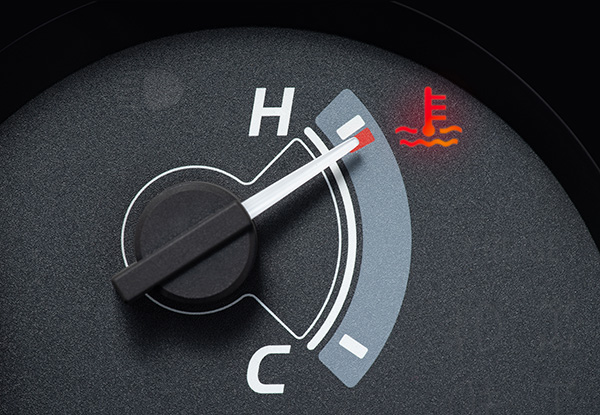
When the low coolant light on your dashboard turns on, it can be tempting to brush it off, especially if your car seems to be driving normally. But that glowing warning is your vehicle’s way of telling you something is wrong, and ignoring it can lead to overheating, engine damage, and expensive repairs. The cooling system plays a critical role in keeping your engine at a safe operating temperature, and without enough coolant, it can’t do its job properly.
If the light comes on, the first thing you should do is find a safe place to pull over and let the engine cool. Continuing to drive with a low coolant level can quickly lead to serious problems, especially during warm weather or stop-and-go traffic.
What Coolant Does for Your Car
Coolant, often referred to as antifreeze, is a specially formulated liquid that circulates through your engine and radiator. It absorbs heat from the engine and carries it away to be dissipated through the radiator. Without this regulation, your engine would overheat every time you drove.
Coolant also prevents internal corrosion, lubricates water pump seals, and keeps the system from freezing in winter. That’s why maintaining the correct coolant level is essential all year round.
Why the Coolant Level Might Be Low
A drop in coolant doesn’t always mean there’s a major leak. Over time, some evaporation can occur, especially if the system hasn’t been serviced in a while. However, in most cases, a low coolant warning points to a problem.
One common cause is a leak in a hose, radiator, or water pump. These leaks may be small and go unnoticed for a while, but the coolant loss adds up over time. In other cases, a faulty radiator cap or a crack in the reservoir can allow coolant to escape or reduce system pressure, triggering the warning light.
In more serious situations, internal engine issues like a failing head gasket can allow coolant to leak into the engine block or mix with oil. If you notice milky oil or white exhaust smoke, it’s a sign of a deeper problem, and the car should be checked immediately.
How to Respond When the Light Comes On
The moment you see the low coolant light, you should safely pull over and turn off the engine. Let the engine cool for at least 20 minutes before opening the hood. Never remove the radiator cap when the engine is hot, as the pressurized steam can cause serious burns.
Once the engine has cooled, check the coolant reservoir. Most cars have a translucent tank with “min” and “max” lines, so you can see the level without opening anything. If the level is low, you can add the correct type of coolant to bring it back to the proper range.
Keep in mind that topping off coolant is only a temporary fix. The real question is why it was low to begin with. Even a minor leak should be found and repaired to prevent recurrence.
Why Waiting Can Cost You More
Driving with low coolant can cause your engine to overheat, potentially leading to warped cylinder heads, cracked engine blocks, or damaged gaskets. These are expensive repairs that can often be avoided with quick attention to warning lights.
Even if the car seems fine, engine temperatures can spike without much notice. By the time you realize there’s a problem, damage may already be done. Addressing the issue early is the only way to prevent major engine failure.
Regular Maintenance Makes a Difference
Coolant levels and condition should be checked regularly, either during oil changes or as part of seasonal maintenance. The coolant itself also breaks down over time, losing its protective properties. That’s why most manufacturers recommend a complete coolant flush every 30,000 to 60,000 miles, depending on the vehicle and driving conditions.
A flush replaces old fluid with fresh coolant, removes contaminants, and ensures the system is clean and working properly. It also gives your technician a chance to spot small leaks or wear in hoses, clamps, or seals before they become a serious issue.
Keep Your Engine Cool With Palo Alto Shell in Palo Alto, CA
The low coolant light might not seem urgent at first, but it’s one of the most important warnings your car can give you. Don’t wait until your engine overheats or leaves you stranded.
If your coolant light has come on or you suspect a leak, visit Palo Alto Shell in Palo Alto, CA. Our experienced team will inspect your system, identify the cause, and make the necessary repairs to ensure your engine runs safely and efficiently.